Do you have a question about the TP-Link Archer AX90 and is the answer not in the manual?
Connect the powered-off modem to the router's 2.5 Gbps WAN/LAN port with an Ethernet cable.
Power on the modem and wait approximately 2 minutes for it to restart.
Connect the power adapter to the router and turn it on.
Confirm the router's LED is solid (red or blue) before proceeding.
Download, log in, and follow app prompts to set up the router and internet connection.
Connect a device and access the router's web interface to configure internet and cloud services.
Details the meaning of different LED colors and patterns (Solid Orange, Pulsing Orange, Solid Red, Pulsing Red, Solid Blue, Pulsing Blue).
Explains the functions of the WPS, Wi-Fi, and LED buttons on the router.
Solutions for not being able to access the web management page or the internet.
Steps to recover forgotten wireless or web management page passwords.
Connect the powered-off modem to the router's 2.5 Gbps WAN/LAN port with an Ethernet cable.
Power on the modem and wait approximately 2 minutes for it to restart.
Connect the power adapter to the router and turn it on.
Confirm the router's LED is solid (red or blue) before proceeding.
Download, log in, and follow app prompts to set up the router and internet connection.
Connect a device and access the router's web interface to configure internet and cloud services.
Details the meaning of different LED colors and patterns (Solid Orange, Pulsing Orange, Solid Red, Pulsing Red, Solid Blue, Pulsing Blue).
Explains the functions of the WPS, Wi-Fi, and LED buttons on the router.
Solutions for not being able to access the web management page or the internet.
Steps to recover forgotten wireless or web management page passwords.
| DSL WAN | - |
|---|---|
| Ethernet WAN | Yes |
| SIM card slot | No |
| WAN connection type | RJ-45 |
| Networking standards | IEEE 802.11a, IEEE 802.11ac, IEEE 802.11ax, IEEE 802.11b, IEEE 802.11g, IEEE 802.11n |
| Ethernet LAN data rates | 100, 1000, 2500 Mbit/s |
| Ethernet interface type | 2.5 Gigabit Ethernet, Fast Ethernet, Gigabit Ethernet |
| Ethernet LAN interface type | Multi-Gigabit Ethernet |
| Number of guest networks (5 GHz) | 2 |
| Number of guest networks (2.4 GHz) | 1 |
| USB version | 2.0/3.2 Gen 1 (3.1 Gen 1) |
| USB 2.0 ports quantity | USB 2.0 ports have a data transmission speed of 480 Mbps, and are backwards compatible with USB 1.1 ports. You can connect all kinds of peripheral devices to them. |
| Ethernet LAN (RJ-45) ports | 5 |
| Supported network protocols | IPv4, IPv6 |
| Security algorithms | WPA, WPA2, WPA3 |
| Package depth | 290 mm |
| Package width | 365 mm |
| Package height | 208 mm |
| Package weight | 2430 g |
| Cables included | LAN (RJ-45) |
| Product type | Tabletop router |
| Product color | Black |
| Processor cores | 4 |
| Processor frequency | 1500 MHz |
| Wi-Fi band | Tri-band (2.4 GHz / 5 GHz / 5 GHz) |
| Wi-Fi standards | 802.11a, 802.11b, 802.11g, Wi-Fi 4 (802.11n), Wi-Fi 5 (802.11ac), Wi-Fi 6 (802.11ax) |
| Top Wi-Fi standard | Wi-Fi 6 (802.11ax) |
| WLAN data transfer rate (max) | 4804 Mbit/s |
| WLAN data transfer rate (third band) | 574 Mbit/s |
| WLAN data transfer rate (second band) | 1201 Mbit/s |
| Antennas quantity | 8 |
| Output current | 3.3 A |
| Output voltage | 12 V |
| Power source type | DC |
| Storage temperature (T-T) | -40 - 70 °C |
| Operating temperature (T-T) | 0 - 40 °C |
| Storage relative humidity (H-H) | 5 - 90 % |
| Operating relative humidity (H-H) | 10 - 90 % |
| Harmonized System (HS) code | 85176990 |
| Sustainability certificates | CE, Federal Communications Commission (FCC), RoHS |
| Depth | 207 mm |
|---|---|
| Width | 311 mm |
| Height | 174 mm |
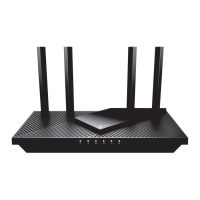
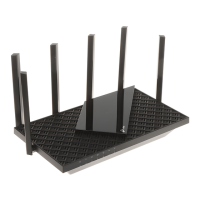
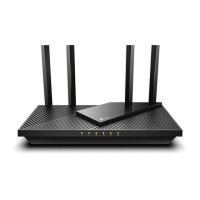
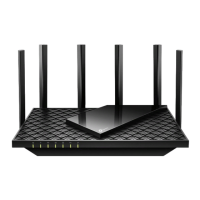
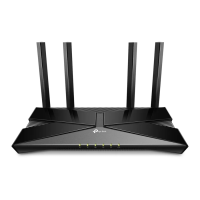
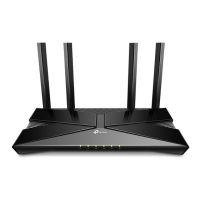
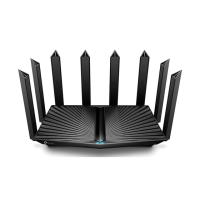
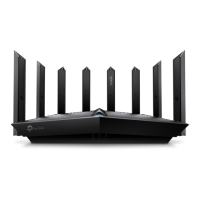

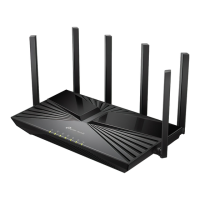
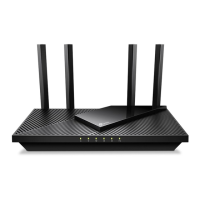
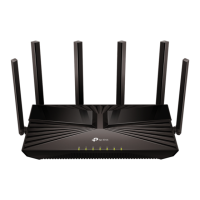
